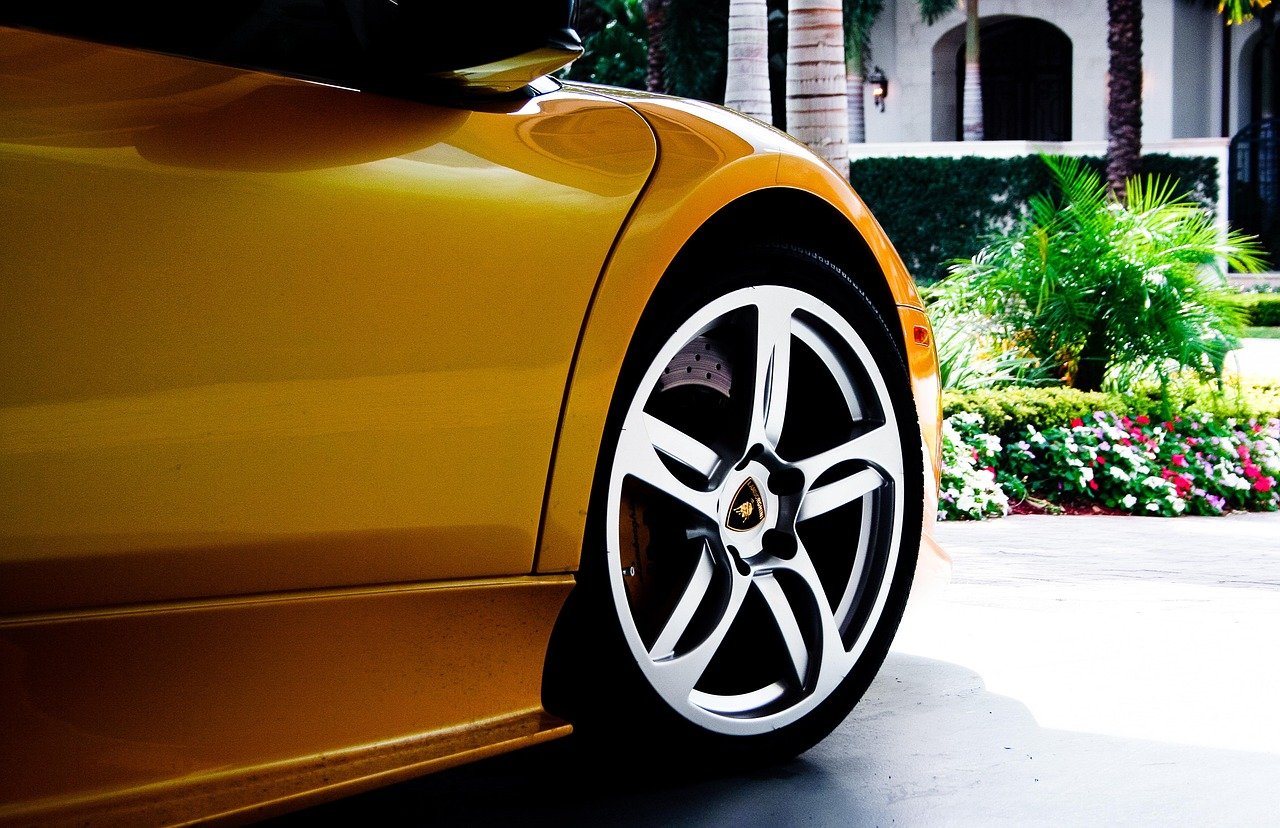In the world of automotive engineering, high-performance vehicles stand in a league of their own. Built for speed, crafted with precision, and designed to deliver unmatched driving experiences, these vehicles are more than just machines — they are marvels of modern technology and engineering excellence.
Whether you’re an adrenaline junkie, a motorsport enthusiast, or simply a lover of fine engineering, this guide will help you understand what makes high-performance vehicles so special — and why they continue to dominate both the road and the racetrack.
What Are High-Performance Vehicles?
A high-performance vehicle is a car, motorcycle, or even truck that delivers exceptional power, speed, handling, and acceleration. These vehicles are engineered with advanced systems to enhance performance in every aspect — from drivetrain and aerodynamics to braking and suspension.
They often come equipped with:
- High-horsepower engines
- Turbochargers or superchargers
- Lightweight materials (like carbon fiber)
- Sport-tuned suspensions
- Advanced transmission systems
The goal? Maximize speed, control, and driving pleasure.
Key Features of High-Performance Vehicles
If you’re exploring high-performance models, here are the features that set them apart:
1. Powerful Engines
These vehicles often house V6, V8, V10, or even V12 engines capable of producing over 500+ horsepower. In electric high-performance cars, dual or tri-motor setups deliver instant torque and lightning-fast acceleration.
2. Advanced Aerodynamics
From spoilers to diffusers, every curve and contour is designed to reduce drag and improve downforce — allowing better stability at high speeds.
3. Precision Handling
Thanks to features like active suspension, adaptive dampers, and limited-slip differentials, high-performance cars offer razor-sharp handling and responsiveness.
4. High-Quality Braking Systems
Ceramic disc brakes, Brembo calipers, and ABS systems ensure powerful and safe deceleration — critical at high speeds.
5. Track-Ready Technologies
Launch control, performance drive modes, paddle shifters, and real-time telemetry are often built into these vehicles for a truly immersive driving experience.
Best High-Performance Vehicles in 2025
Here’s a look at some of the most iconic and game-changing high-performance cars currently ruling the roads and racetracks:
1. Ferrari SF90 Stradale
- Hybrid V8 with electric motors
- 986 horsepower
- 0–60 mph in 2.5 seconds
2. Porsche 911 GT3 RS
- Naturally aspirated 4.0L flat-six engine
- Track-focused design
- Unmatched precision and agility
3. Lamborghini Huracán Tecnica
- 640 hp V10 engine
- Rear-wheel drive for purist performance
- Exotic design and thunderous sound
4. Tesla Model S Plaid
- All-electric
- 1,020 horsepower
- 0–60 mph in under 2 seconds
5. BMW M5 CS
- Twin-turbo V8
- Lightweight performance sedan
- Combines luxury with brute power
Electric High-Performance Vehicles: The New Era
Performance isn’t just about combustion anymore. The rise of electric high-performance vehicles is revolutionizing the industry:
- Instant Torque: Electric motors deliver maximum torque from zero RPM.
- No Gear Lag: Seamless acceleration thanks to single-speed transmissions.
- Lower Center of Gravity: Batteries are mounted low, improving balance and handling.
Top Electric High-Performance Cars:
- Lucid Air Sapphire
- Porsche Taycan Turbo S
- Rimac Nevera
- Tesla Roadster (Next Gen)
Who Are High-Performance Vehicles For?
High-performance vehicles aren’t just about speed — they are for those who demand excellence, emotion, and engagement from their driving experience.
Perfect for:
✅ Driving enthusiasts
✅ Weekend racers
✅ Luxury buyers with a need for speed
✅ Collectors and supercar aficionados
✅ Technology and engineering lovers
These vehicles also carry significant brand prestige and often become collector’s items or investment-worthy assets.
Pros and Cons of High-Performance Cars
✅ Pros:
- Thrilling driving experience
- Superior acceleration and handling
- Exclusive designs and craftsmanship
- High resale value (for rare models)
- Cutting-edge technology
❌ Cons:
- Higher purchase cost
- Expensive insurance and maintenance
- Lower fuel efficiency (unless electric)
- May not be practical for daily driving
Maintaining a High-Performance Vehicle
To keep your high-performance vehicle in peak condition, you must:
- Use premium fuels or performance-grade charging
- Stick to scheduled service intervals
- Opt for high-quality performance tires
- Regularly monitor brake and suspension systems
- Only visit certified performance specialists
Proper care = longer life and better resale value.
The Future of High-Performance Vehicles
The world of high-performance vehicles is evolving rapidly:
- Hybrid and electric supercars are blending eco-consciousness with raw power.
- Autonomous track modes and AI-driven handling enhancements are on the horizon.
- Lightweight composite materials and 3D-printed parts are improving efficiency without compromising strength.
Manufacturers like Ferrari, McLaren, Porsche, and Tesla are investing heavily in R&D to redefine speed, safety, and sustainability.
Conclusion
High-performance vehicles are not just about going fast — they represent the pinnacle of design, engineering, and innovation. Whether it’s a thunderous V8 on a racetrack or a whisper-quiet electric hypercar launching from 0–60 in under 2 seconds, these machines evoke excitement, status, and style.
